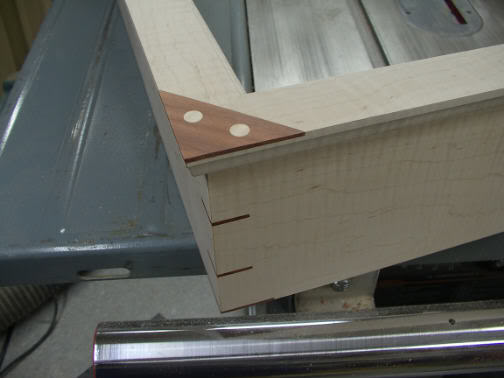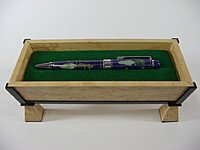I was finally able to have enough time to test my table saw sled on a real project.
I can say that it performed better than I was expecting. Perfect angles, and without having to move the blade from zero. I tried to show a close up of the corner joints, but my camera ability is useless.
This is a box made for a close friend, and it's made from a spalted wood, that I have no idea of the species. It's just a box, nothing fancy, but I wanted the wood to be on display rather than any adornments.
I have several more board feet of this wood, so I can jazz up the next one.

I can say that it performed better than I was expecting. Perfect angles, and without having to move the blade from zero. I tried to show a close up of the corner joints, but my camera ability is useless.
This is a box made for a close friend, and it's made from a spalted wood, that I have no idea of the species. It's just a box, nothing fancy, but I wanted the wood to be on display rather than any adornments.
I have several more board feet of this wood, so I can jazz up the next one.


